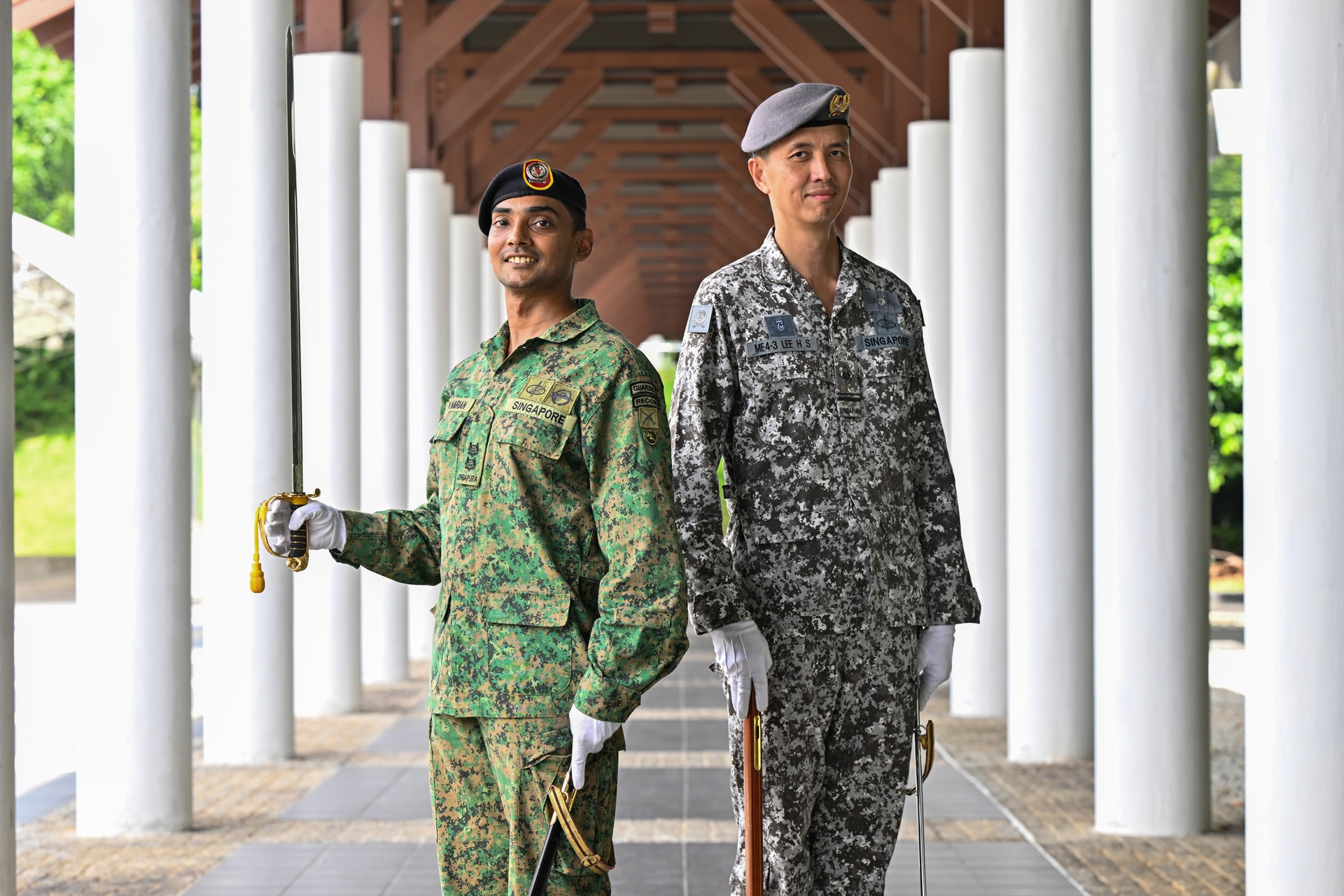SURVIVAL TRAINING FACILITY FOR SCOUT TROOPERS REVAMPED
PHOTO // Chua Soon Lye
Two stars, three stars, four stars, five stars.
No, we are not talking about the star classification of the hotels' service quality. Instead, based on factors such as ease of construction, functionality, as well as level of comfort, this rating is used in the revamped Combat Survival Facility (CSF) to refer to the types of survival shelters built by reconnaissance elements during combat operations.
This is one of the new features of the Singapore Armed Forces (SAF) facility, which has been enhanced to train scout troopers in a safer and more systematic manner. The CSF was opened on 6 Dec in a ceremony officiated by the Assistant Chief of the General Staff (Intelligence) Colonel (COL) Milton Ong.
On the rationale for the revamp, COL Ong said: "With the passing years, the demand for Combat Survival Training (CST) has increased and the training facility has deteriorated along the way and required a fair amount of work to maintain it. So we have increased its scale to cater to the increased capacity, as well as make it user-friendly and easier to maintain.
"The attempt to mimic the actual physical environment by the CSF provides a more realistic and comprehensive preparatory training for our soldiers."
Key features of the revamped CSF include stations with pre-prepared samples, such as the "five star" A-frame shelter and the simple "two-star" Tepee, and an extensive selection of the region's flora and fauna.
Doctrine officer Captain Teo Wei Che, project manager of the CSF revamp, said: "These additions provide a more deliberate exhibition of the various essential skills that CST trainees are required to master.
"For example, the real-life structures of the shelters and traps help enhance the learning process by allowing trainees to study the mock-ups and instructors to teach more effectively with the aid of visuals and physical tools."
All recce troopers and commanders go through the CST. Being tasked with reconnaissance, surveillance and target acquisition missions, they are inserted deep into enemy territory where survival skills are necessary to ensure survivability in hostile environments, especially if they are cut off from the rest of the unit.
The training is conducted over a four- to five-day course by the Combat Intelligence School (CIS) and the CSF is used to teach survival skills that include building shelters, setting traps, collecting water, making fire, identifying edible plants and dispatching wild catches.
Veteran CST instructor 2nd Warrant Officer K. Thevadasan welcomed the conducive environment brought about by the revamp. He said: "The construction of raised platforms to distinguish one station from another makes teaching and learning more systematic, because instructors can stand at an elevated position to impart knowledge and trainees can directly compare the differences between the various traps and shelters that are located side by side."
The opening ceremony was also witnessed by 300 National Cadet Corps (NCC) cadets who were on a visit to the CIS as part of Camp Pinnacle. The camp is a five-day course which exposes NCC cadets to life in the Singapore Armed Forces. It is organised by NCC headquarters for the top two Part C (Secondary Three) specialists of every school.
As part of the ceremony's programme, all who attended were brought on a guided tour around the 12 stations of the CSF, and given an introduction to the survival skills taught at the facility.
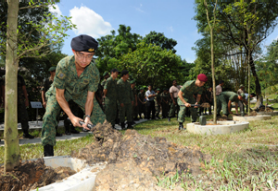
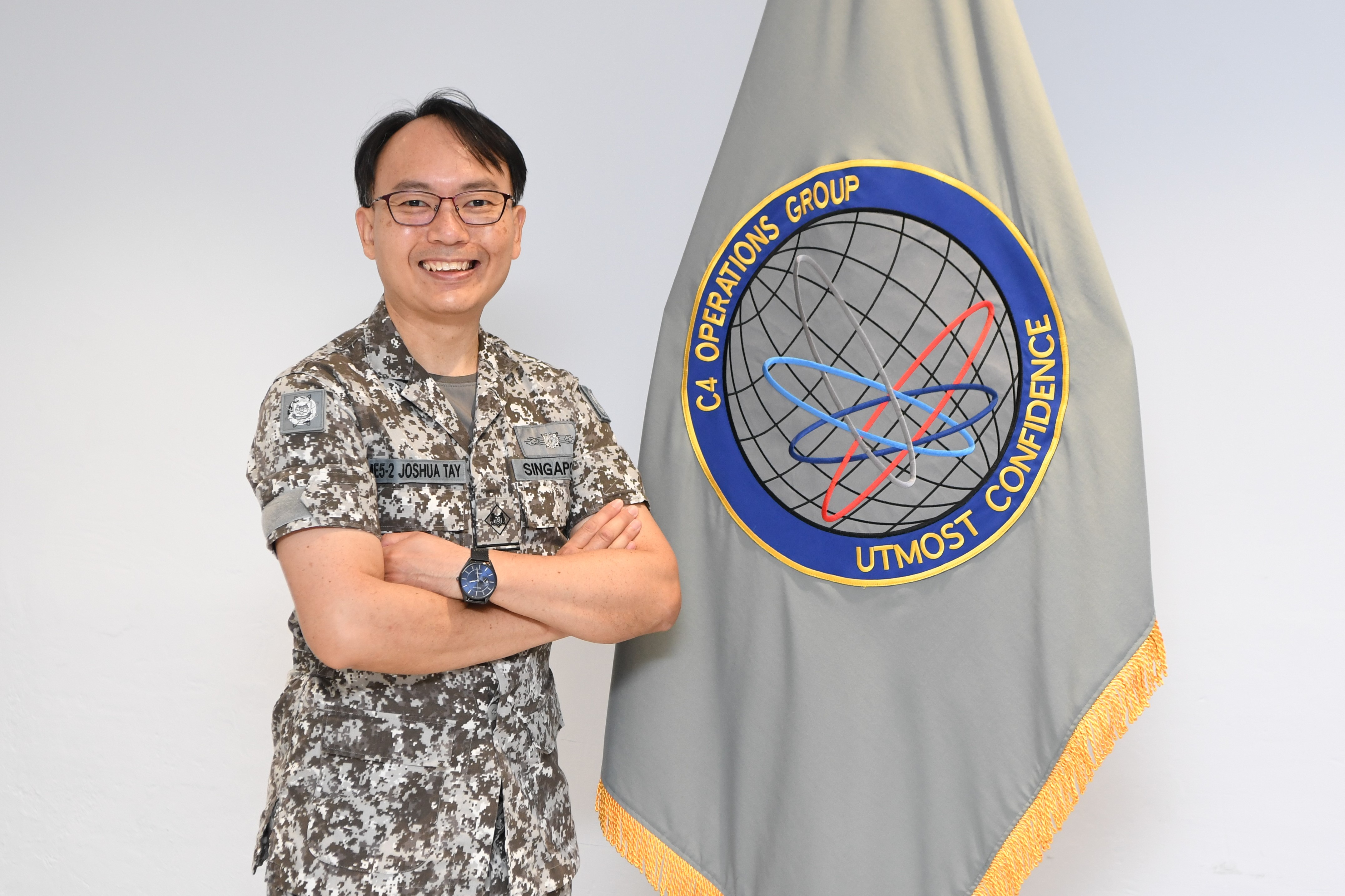
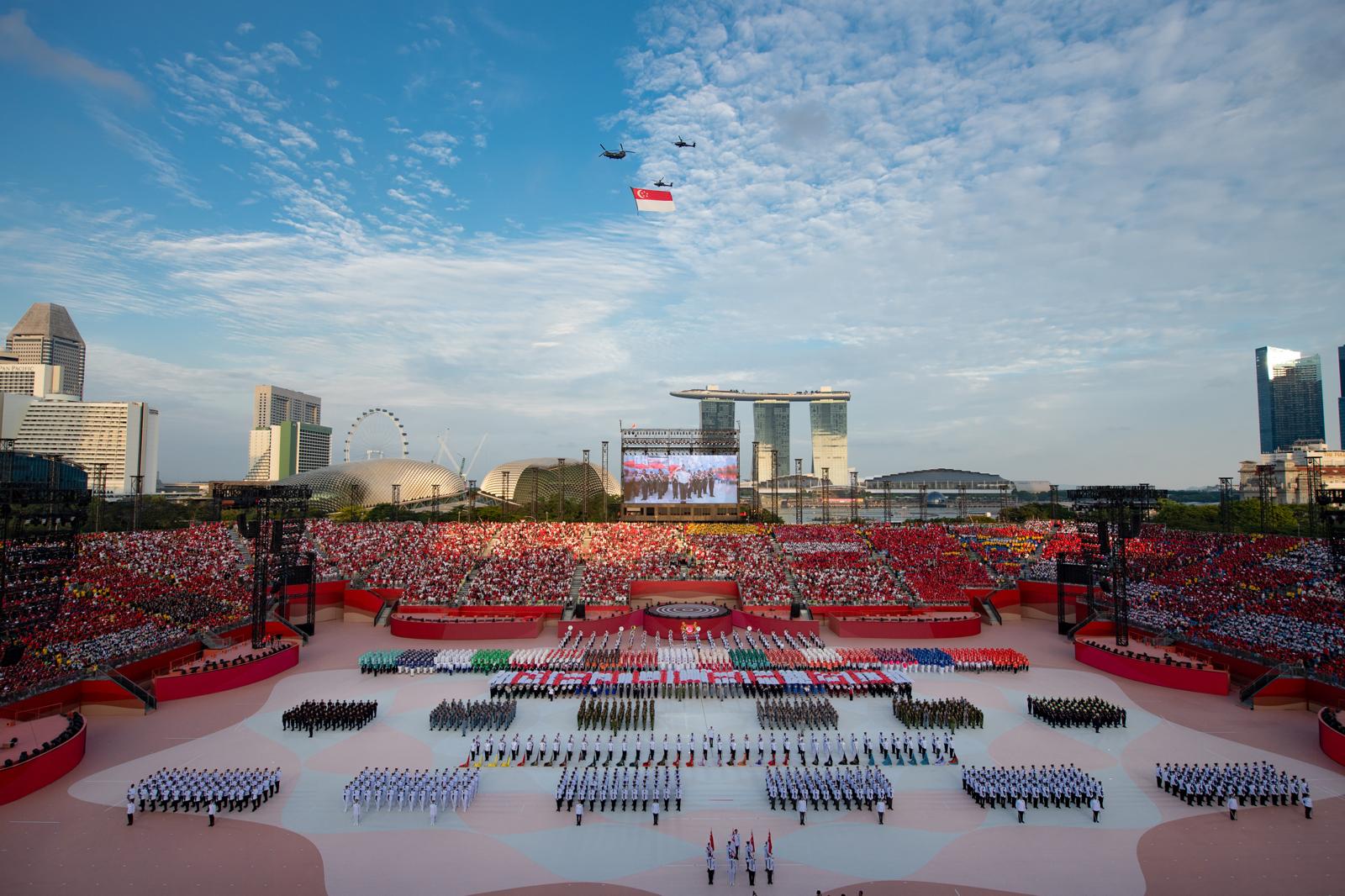
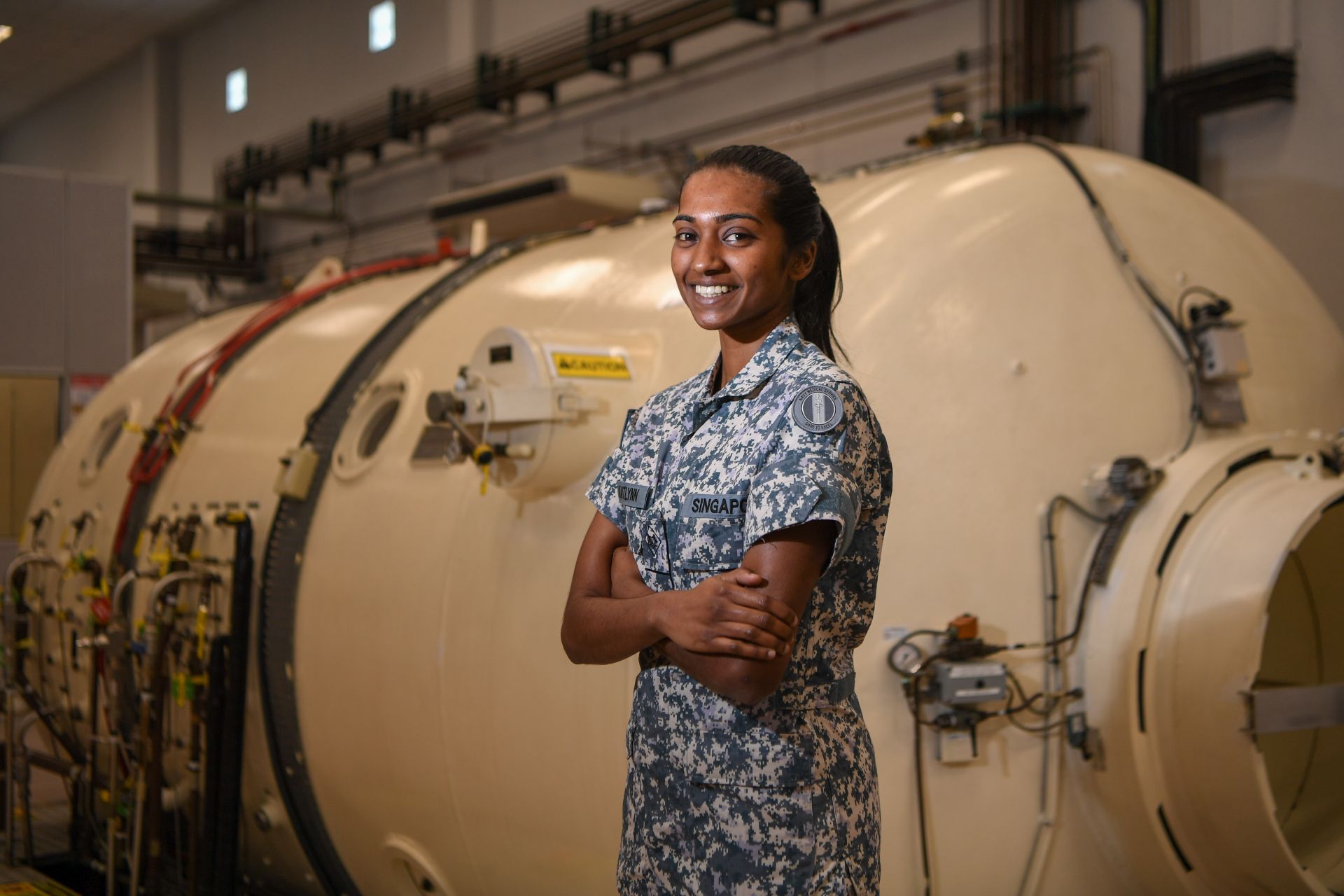
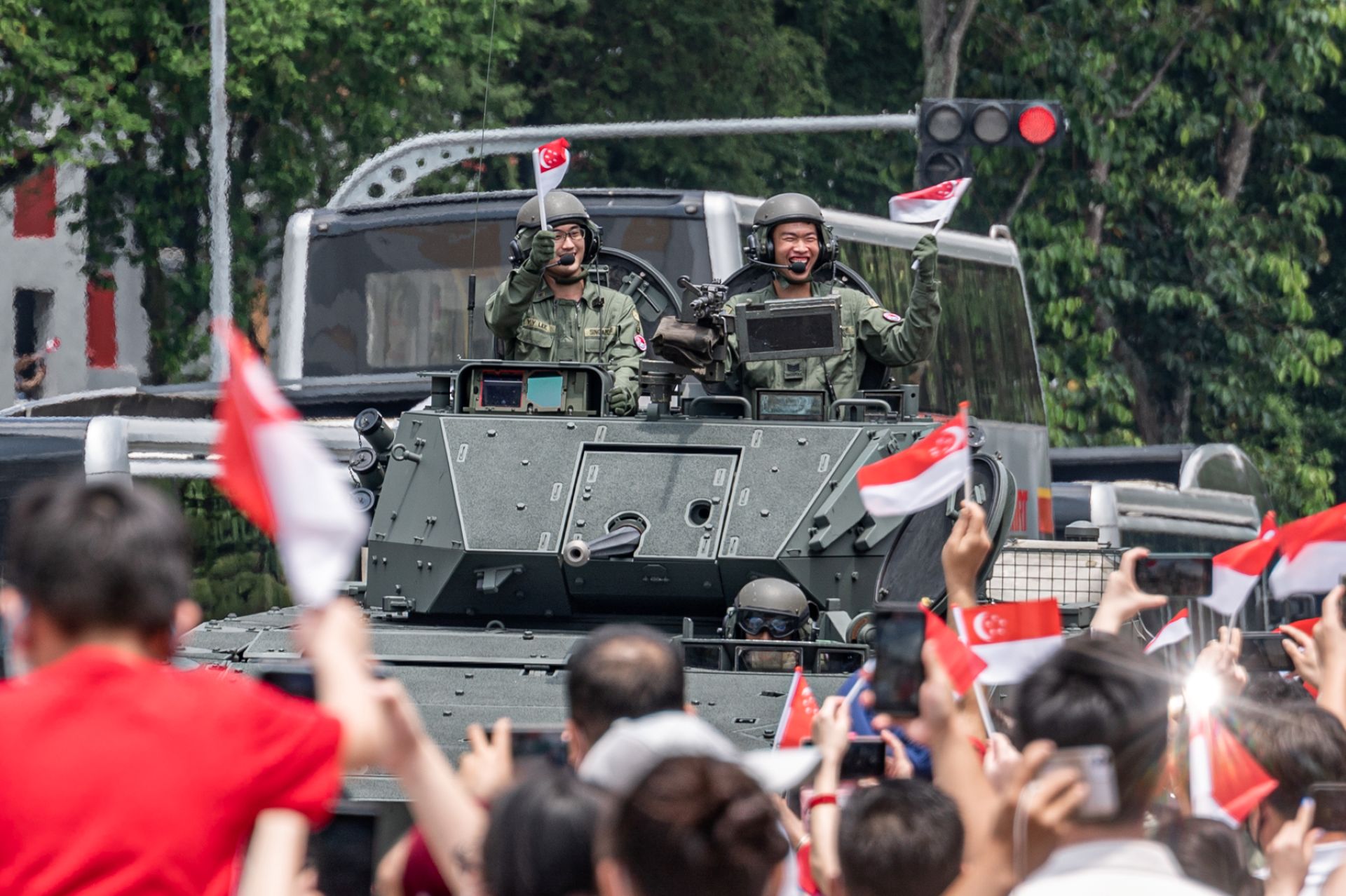
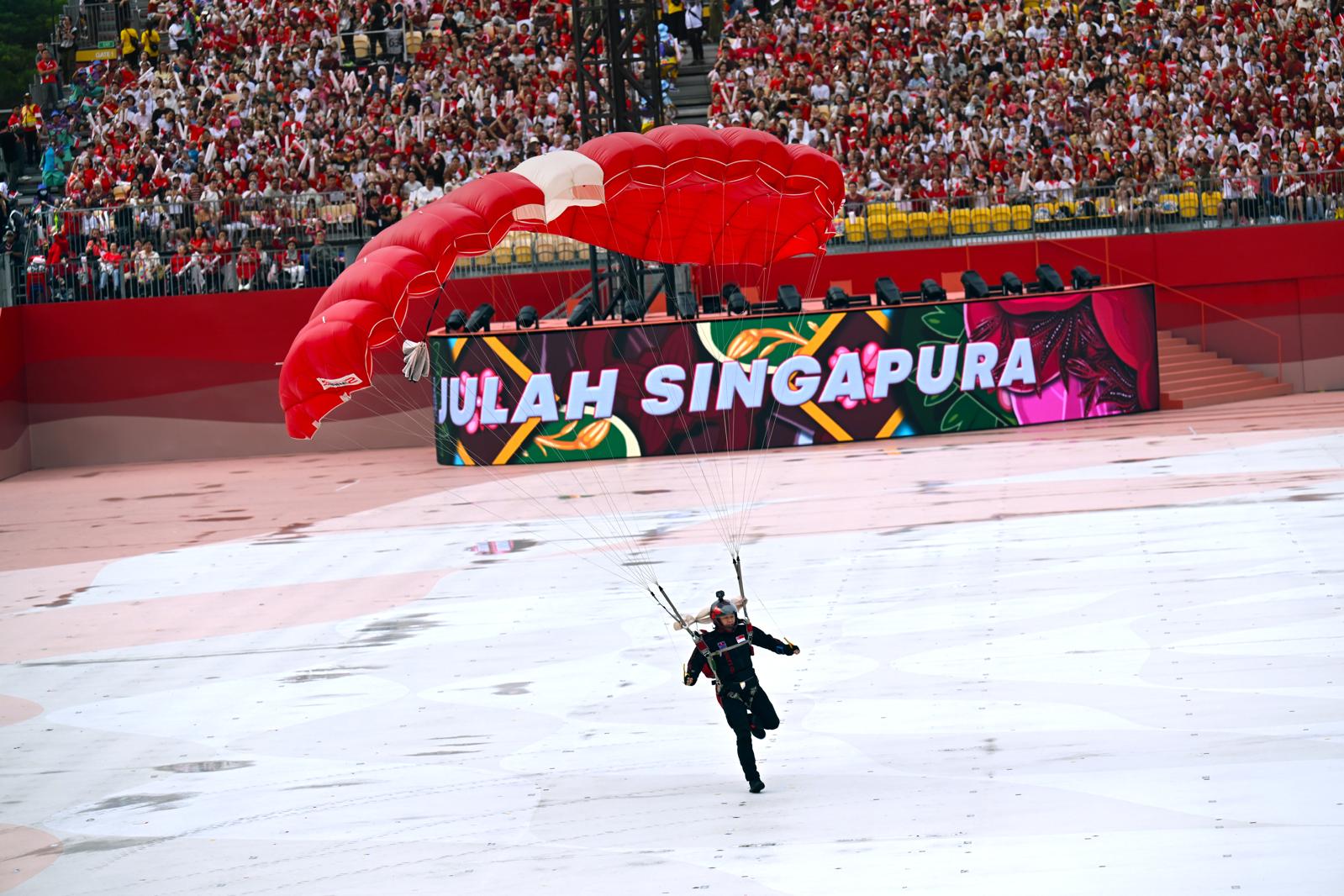
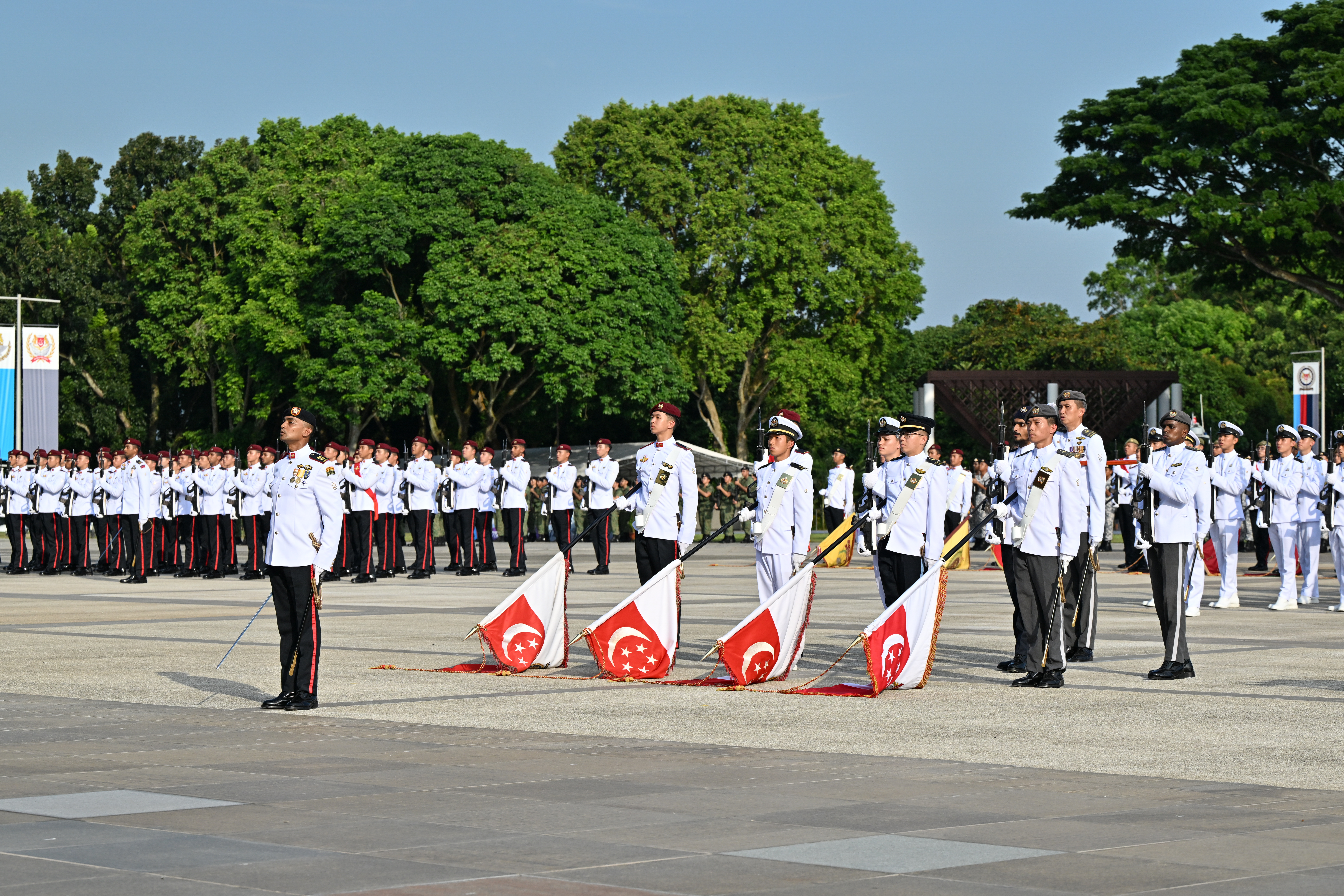
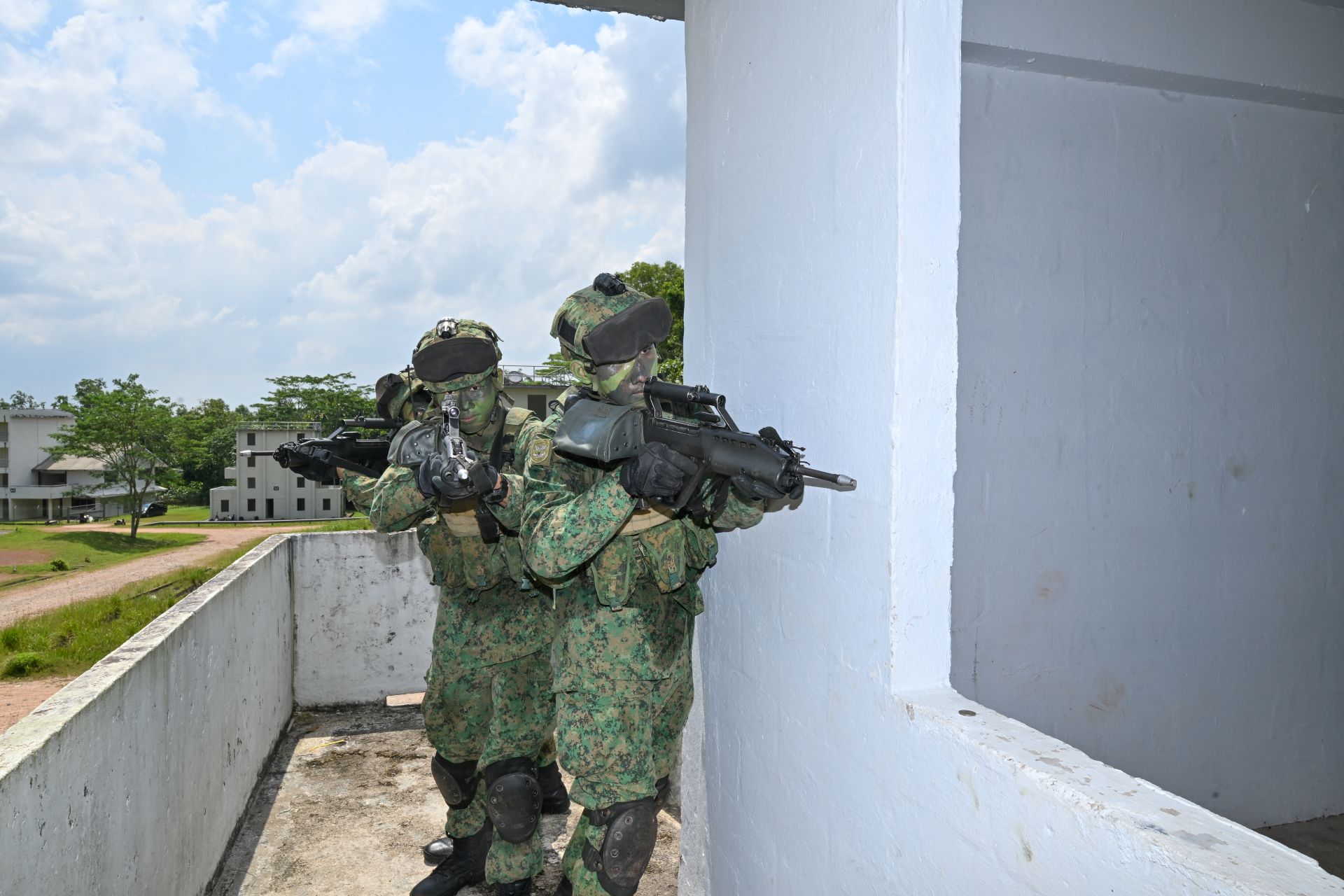
.jpg?sfvrsn=b5383902_1)
.jpg?sfvrsn=4eb1b86e_1)
